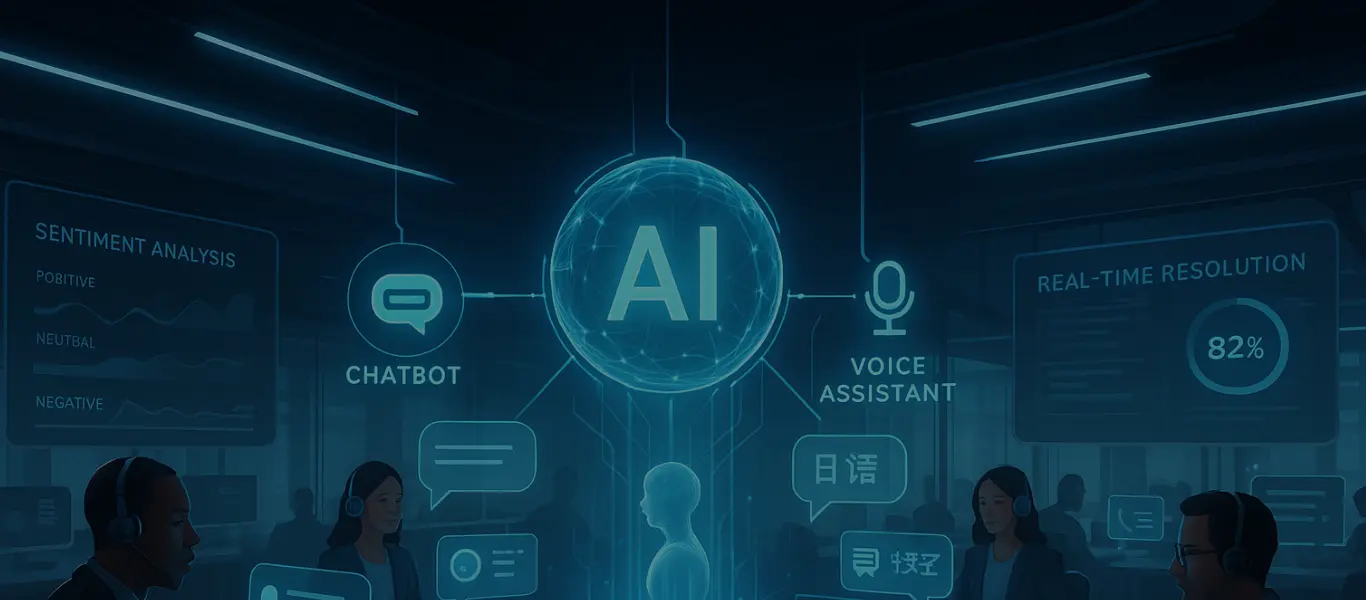A version of this blog was first published on Medium.com
As designers, our primary goal is to create digital experiences that are engaging, effective, and user-friendly. But to truly achieve these goals, we must ensure that our designs are accessible to people with a wide range of abilities, including those with disabilities.
Accessibility means creating digital experiences that can be used by all users, regardless of their individual needs or challenges. This includes people with visual impairments, hearing impairments, motor impairments, and cognitive impairments. When we design with accessibility in mind, we ensure that everyone has equal access to the information and services that our designs provide.
In this article, we’ll explore the key principles and techniques for designing accessible user experiences. We’ll discuss some of the common accessibility challenges that designers face, and provide tips and resources for overcoming them. By the end of this article, you’ll have a better understanding of how to design for accessibility and create digital experiences that are truly inclusive for all users.

1. Design Principles for Accessibility
Designing for accessibility requires attention to specific design principles that ensure all users can access, understand, and interact with your digital experience. Here are some key principles to consider:
- Clear and Consistent Language: Use clear, concise language that is easy to understand. Avoid technical jargon, and ensure that your content is written in a way that is accessible to all users.
- Alternative Text for Images and Videos: Provide alternative text for images and videos so that users with visual impairments can still understand the content. This can be achieved by adding a description of the image or video that is read aloud by screen readers.
- High-Contrast Color Schemes: Use high-contrast colour schemes that make it easy for users to distinguish between different elements on the page. This is particularly important for users with visual impairments or colour blindness.
- Keyboard Navigation: Ensure that your digital experience can be navigated using a keyboard. This is essential for users with motor impairments who may not be able to use a mouse.
By following these design principles, you can create digital experiences that are more accessible to a wider range of users. These principles help to ensure that all users can access and interact with your digital experience, regardless of their abilities.
2. Common Accessibility Challenges
While designing for accessibility is important, it can also present some unique challenges for designers. Here are some common accessibility challenges that you may encounter:
- Designing for Users with a Wide Range of Abilities: One of the biggest challenges in designing for accessibility is accommodating the diverse range of abilities that users may have. For example, users with visual impairments may use screen readers to access your digital experience, while users with motor impairments may use voice recognition software.
- Making Complex Visual or Interactive Elements Accessible: Complex visual or interactive elements, such as charts, graphs, and maps, can be difficult to make accessible. For example, a chart that relies on color to convey information may be difficult for a user with color blindness to interpret.
- Ensuring Usability isn’t Sacrificed for Accessibility: It’s important to ensure that accessibility doesn’t come at the cost of usability. For example, adding too many accessibility features to a page can make it cluttered and difficult to use for all users.
By understanding these common accessibility challenges, you can better plan and design for accessibility. With a good understanding of these challenges, you can make informed decisions that balance accessibility with usability and create digital experiences that are accessible to as many users as possible.
3. Techniques and Tools for Accessibility
There are a variety of techniques and tools that you can use to design for accessibility. Here are some of the most useful ones:
- ARIA (Accessible Rich Internet Applications) Labels: ARIA is a set of attributes that can be added to HTML tags to describe the purpose and function of various elements on the page. This is particularly useful for users who rely on screen readers to navigate the page.
- Closed Captioning: Closed captioning is essential for making audio and video content accessible to users who are deaf or hard of hearing. By providing closed captions, you can ensure that all users can understand the content of your audio and video.
- Headings and Subheadings: Proper use of headings and subheadings can make your content more readable and easier to navigate for users with cognitive or visual impairments. Use heading tags to indicate the hierarchy of your content.
- Automated Accessibility Tools: There are many automated accessibility tools available that can help you identify potential accessibility issues on your website or app. Tools like the WAVE Web Accessibility Evaluation Tool or Google Lighthouse can help you identify areas of your digital experience that need improvement.
By using these techniques and tools, you can design digital experiences that are more accessible to a wider range of users. These tools can help you identify potential accessibility issues and provide guidance on how to fix them, ensuring that your digital experience is accessible to all users.

4. Benefits of Accessibility
Designing for accessibility isn’t just about meeting legal requirements or being socially responsible — it can also provide a range of benefits for your digital experience. Here are some of the key benefits of designing for accessibility:
- Increased User Engagement: By designing for accessibility, you can increase the engagement of all users with your digital experience. Users with disabilities may have unique needs, but they still want to access and engage with the same content as everyone else. Designing for accessibility ensures that all users can engage with your content and remain on your site for longer.
- Improved Search Engine Optimization (SEO): Many of the techniques used to design for accessibility can also improve your SEO. For example, providing alternative text for images can help search engines understand the content of your page, while proper use of headings and subheadings can improve the structure of your content.
- Increased User Loyalty: Designing for accessibility can help you build a positive relationship with users, including those with disabilities. By showing that you value accessibility and are committed to providing an inclusive experience, you can build trust and increase user loyalty.
- Access to a Wider Audience: Designing for accessibility can open your digital experience to a wider audience. There are over a billion people worldwide with some form of disability, and designing for accessibility can ensure that your digital experience is accessible to as many of these users as possible.
By designing for accessibility, you can provide a better experience for all users, regardless of their abilities. This can lead to increased engagement, improved SEO, increased user loyalty, and access to a wider audience. By prioritizing accessibility in your design process, you can create a digital experience that truly serves all users.
Conclusion
In conclusion, designing for accessibility is not only the right thing to do, but it also makes good business sense. By prioritizing accessibility in your design process, you can ensure that your digital experience is accessible to as many users as possible, including those with disabilities.
By following the design principles for accessibility, understanding the common accessibility challenges, and utilizing the techniques and tools for accessibility, you can create digital experiences that are inclusive and accessible to all users. This not only helps you meet legal requirements and social responsibility, but it also provides a range of benefits for your digital experience, including increased user engagement, improved SEO, increased user loyalty, and access to a wider audience.
It’s important to remember that designing for accessibility is an ongoing process, and you should always be looking for ways to improve and optimize your digital experience. By keeping accessibility in mind throughout the design process, you can ensure that all users can access and engage with your content, regardless of their abilities.
In the end, designing for accessibility is about creating a digital experience that serves all users, regardless of their abilities. By doing so, you can build trust, loyalty, and engagement with your users, while also opening up your digital experience to a wider audience.






 Ingeniería
Ingeniería







